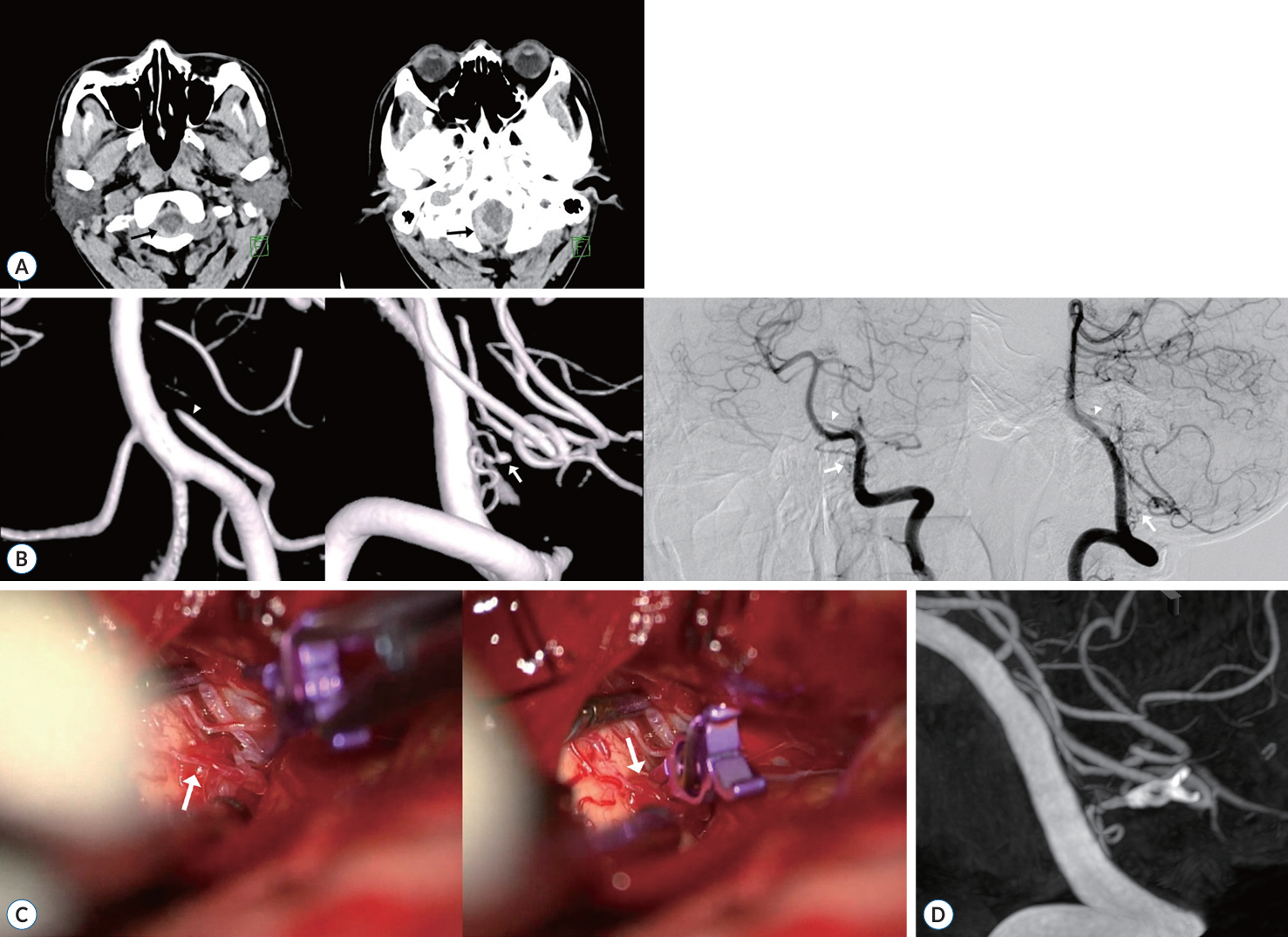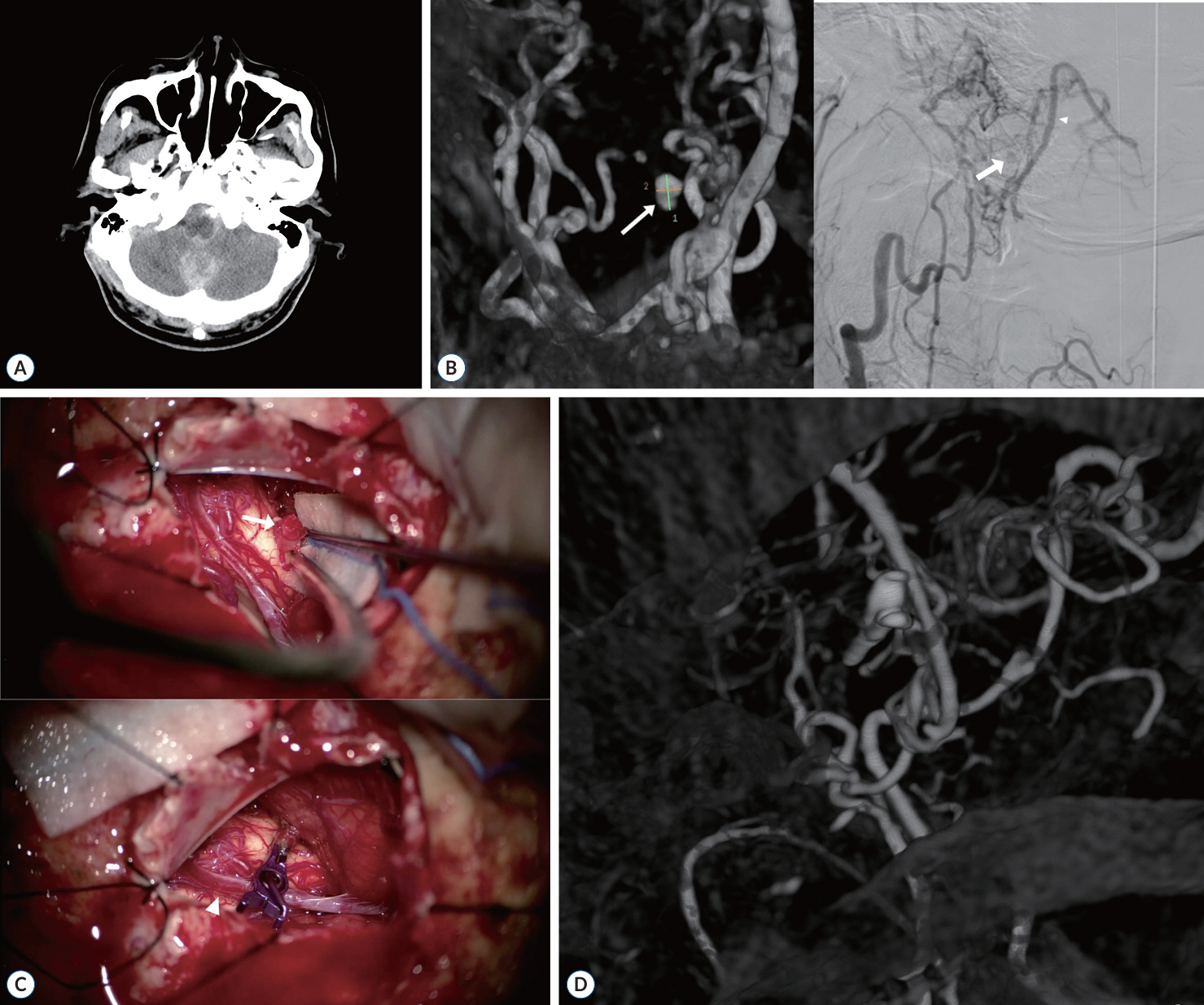J Korean Neurosurg Soc.
2024 Sep;67(5):568-577. 10.3340/jkns.2023.0204.
Pulsed Radiofrequency Neuromodulation for Post-Stroke Shoulder Pain in Patients with Hemorrhagic Stroke
- Affiliations
-
- 1Department of Neurosurgery, Chuncheon Sacred Heart Hospital, College of Medicine, Hallym University, Chucheon, Korea
- KMID: 2558682
- DOI: http://doi.org/10.3340/jkns.2023.0204
Abstract
Objective
: Post-stroke shoulder pain (PSSP) is a common complication that limits the range of motion (ROM) of the shoulder, the patient’s rehabilitation and in turn, affects the patients’ quality of life (QoL). Several treatment modalities such as sling, positioning, strapping, functional electrical stimulation, and nerve block have been suggested in literatures, however none of the treatments had long-term effects for PSSP. In this study, the authors evaluated clinical efficacy of pulsed radiofrequency (PRF) neuromodulation on the suprascapular nerve for PSSP, and suggested it as a potential treatment with long-term effect.
Methods
: This retrospective case series was conducted at a single center, a private practice institution. From 2013 to 2021, 13 patients with PSSP underwent PRF neuromodulation of the suprascapular nerve. The primary outcome measure was the Visual analog scale (VAS) score. The secondary outcome measurements included the shoulder ROM, Disability assessment scale (DAS), modified Ashworth scale, modified Rankin scale (mRS), and EuroQol-5 dimension-3L questionnaire (EQ-5D-3L) scores. These parameters were evaluated before PRF modulation, immediately after PRF modulation, and every 3 months until the final follow-up visit.
Results
: Six men and seven women were enrolled, and all patients were followed-up for a minimum of 12 months. The mean VAS score was 7.07 points before PRF neuromodulation and 2.38 points immediately post-procedure. Shoulder ROM for abduction and flexion, DAS for pain, mRS, and EQ-5D-3L demonstrated marked improvement. No complications were reported.
Conclusion
: PRF neuromodulation of the suprascapular nerve is an effective modality in patients with PSSP, and has long-term effect of pain relief, improvement of QoL.
Keyword
Figure
Reference
-
References
1. Chen CC, Bellon RJ, Ogilvy CS, Putman CM. Aneurysms of the lateral spinal artery: report of two cases. Neurosurgery. 48:949–954. discussion 953-954. 2001.
Article2. Chonan M, Nishimura S, Kimura N, Ezura M, Uenohara H, Tominaga T. A ruptured aneurysm arising at the leptomeningeal collateral circulation from the extracranial vertebral artery to the posterior inferior cerebellar artery associated with bilateral vertebral artery occlusion. J Stroke Cerebrovasc Dis. 23:e135–e139. 2014.3. Germans MR, Kulcsar Z, Regli L, Bozinov O. Clipping of ruptured aneurysm of lateral spinal artery associated with anastomosis to distal posterior inferior cerebellar artery: a case report. World Neurosurg. 117:186–189. 2018.4. Karakama J, Nakagawa K, Maehara T, Ohno K. Subarachnoid hemorrhage caused by a ruptured anterior spinal artery aneurysm. Neurol Med Chir (Tokyo). 50:1015–1019. 2010.5. Kubota H, Suehiro E, Yoneda H, Nomura S, Kajiwara K, Fujii M, et al. Lateral spinal artery aneurysm associated with a posterior inferior cerebellar artery main trunk occlusion. Case illustration. J Neurosurg Spine. 4:347. 2006.
Article6. Kurita M, Endo M, Kitahara T, Fujii K. Subarachnoid haemorrhage due to a lateral spinal artery aneurysm misdiagnosed as a posterior inferior cerebellar artery aneurysm: case report and literature review. Acta Neurochir (Wien). 151:165–169. 2009.
Article7. Lasjaunias P, Vallee B, Person H, Ter Brugge K, Chiu M. The lateral spinal artery of the upper cervical spinal cord. Anatomy, normal variations, and angiographic aspects. J Neurosurg. 63:235–241. 1985.8. Morigaki R, Satomi J, Shikata E, Nagahiro S. Aneurysm of the lateral spinal artery: a case report. Clin Neurol Neurosurg. 114:713–716. 2012.
Article9. Siclari F, Burger IM, Fasel JH, Gailloud P. Developmental anatomy of the distal vertebral artery in relationship to variants of the posterior and lateral spinal arterial systems. AJNR Am J Neuroradiol. 28:1185–1190. 2007.
Article10. Wang CX, Cironi K, Mathkour M, Lockwood J, Aysenne A, Iwanaga J, et al. Anatomical study of the posterior spinal artery branches to the medulla oblongata. World Neurosurg. 149:e1098–e1104. 2021.
Article
- Full Text Links
- Actions
-
Cited
- CITED
-
- Close
- Share
- Similar articles
-
- Pulsed Radiofrequency Neuromodulation for the Treatment of Saphenous Neuralgia
- Pulsed Radiofrequency Neuromodulation Treatment on the Lateral Femoral Cutaneous Nerve for the Treatment of Meralgia Paresthetica
- Comparing neuromodulation modalities involving the suprascapular nerve in chronic refractory shoulder pain: retrospective case series and literature review
- Ultrasound-guided pulsed radiofrequency treatment for postherpetic neuralgia of supraorbital nerve: A case report
- Pulsed Radiofrequency Application for the Treatment of Pain Secondary to Sacroiliac Joint Metastases




